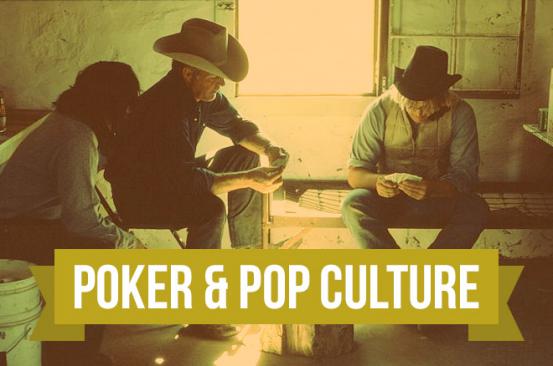- Commissioner’s statement on Ventura, Marte
- Ronnie O’Sullivan: Masters champion ‘felt so vulnerable’ in final
- Arron Fletcher Wins 2017 WSOP International Circuit Marrakech Main Event ($140,224)
- Smith challenges Warner to go big in India
- Moncada No. 1 on MLB Pipeline’s Top 10 2B Prospects list
- Braves land 2 on MLB Pipeline’s Top 10 2B Prospects list
- Kingery makes MLB Pipeline’s Top 10 2B Prospects list
- New Zealand wrap up 2-0 after Bangladesh implosion
- Mathews, Pradeep, Gunathilaka to return to Sri Lanka
- Elliott hopes for rain for Poli
Poker & Pop Culture: A Game That Is Immensely Destructive
- Updated: May 24, 2016

Last week when looking at the first reference to poker in print — the first “hand report,” as it were — we noticed it contained a lot of the same details that frequently turn up in later cultural representations of poker. It described a game played in secret, in the dead of night, culminating in an improbable four-aces-versus-four-kings showdown that suggested cheating might have occurred. Cursing and violence then punctuated the scene, spicing things up even further.
Other early references to poker similarly present the card game as unsafe for newcomers, helping further establish its dangerous reputation even as it first began to make its way up the Mississippi and across the still young, still developing country.
Speaking of being young, another writer who described some of the very first poker games specifically took it upon himself to shield the youth in particular from such a harmful activity. He knew what he was writing about, too, having inflicting plenty of harm himself as one of the first generation of card sharps.
An Early Warning Concerning the Perils of Poker
In 1843 there appeared a book with an ominous title page — An Exposure of the Arts and Miseries of Gambling; Designed Especially as a Warning to the Youthful and Inexperienced Against the Evils of That Odious and Destructive Vice.
Such an opener had to function a little like those “Viewer Discretion Advised” warnings at the start of a television show — you know, the type that make the shows irresistible to the very audience for whom the content is described as “unsuitable.” Kind of an early version of “click bait” designed to get book buyers to stop and take a closer look.
The book was written by Jonathan Harrington Green, a self-described “reformed gambler” who had previously spent a dozen years at the gaming tables cheating at cards by a variety of means, including using marked decks and “shiners” or small mirrors to see cards as they were being dealt. Unlike the ambivalent author of the Dragoon Campaigns whom we were discussing last week, Green’s unsubtle title tells us right away his intention — namely, to try to do everything he can with his book to dissuade readers from engaging in gambling games of all kinds, including poker.
Jonathan H. Green’s warning to America’s youth
Such a purpose in fact partially prevents Green from sharing certain particulars of how this relatively new game of poker is actually played. After all, he doesn’t want to encourage his readers to learn it!
“I would that all were ignorant of it,” Green claims amid wide-eyed exhortations to avoid poker at all costs, a game he believes to be an early step along a fateful “road to ruin” that starts with innocent pursuits like dominoes, checkers, and whist, then leads to faro, roulette, horse racing, cock-fighting, and worse.
Even so, Green does flesh out for his reader basic rules for Old Poker — the 20-card game derived from the French game poque featuring just a single deal with no draw, and one round of betting. He additionally explains how “there are no limits to the bets” and so the game “frequently… begins as low as a quarter of a dollar, and runs up to thousands in one or two minutes.” He explains as well how as in the English game brag, …
continue reading in source www.pokernews.com
